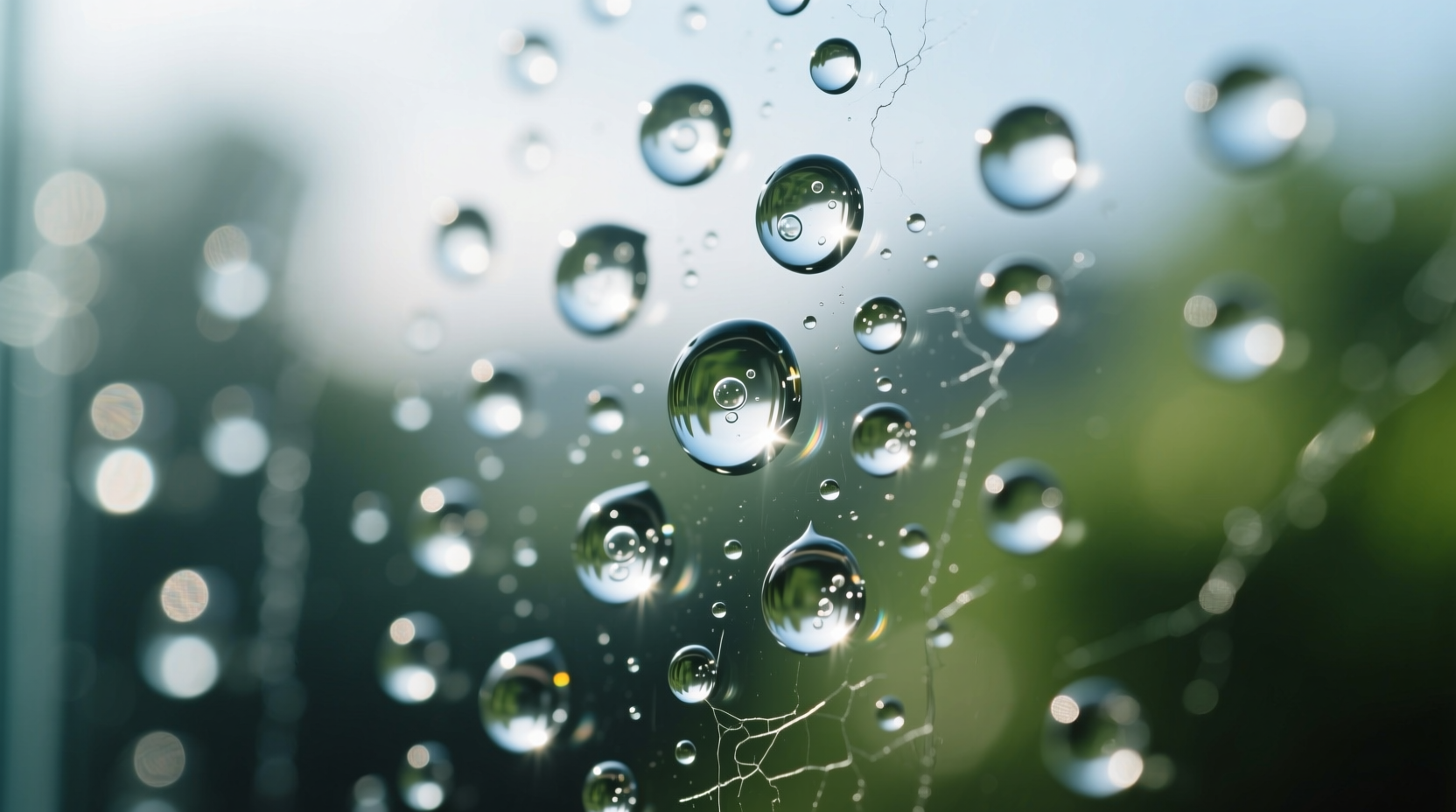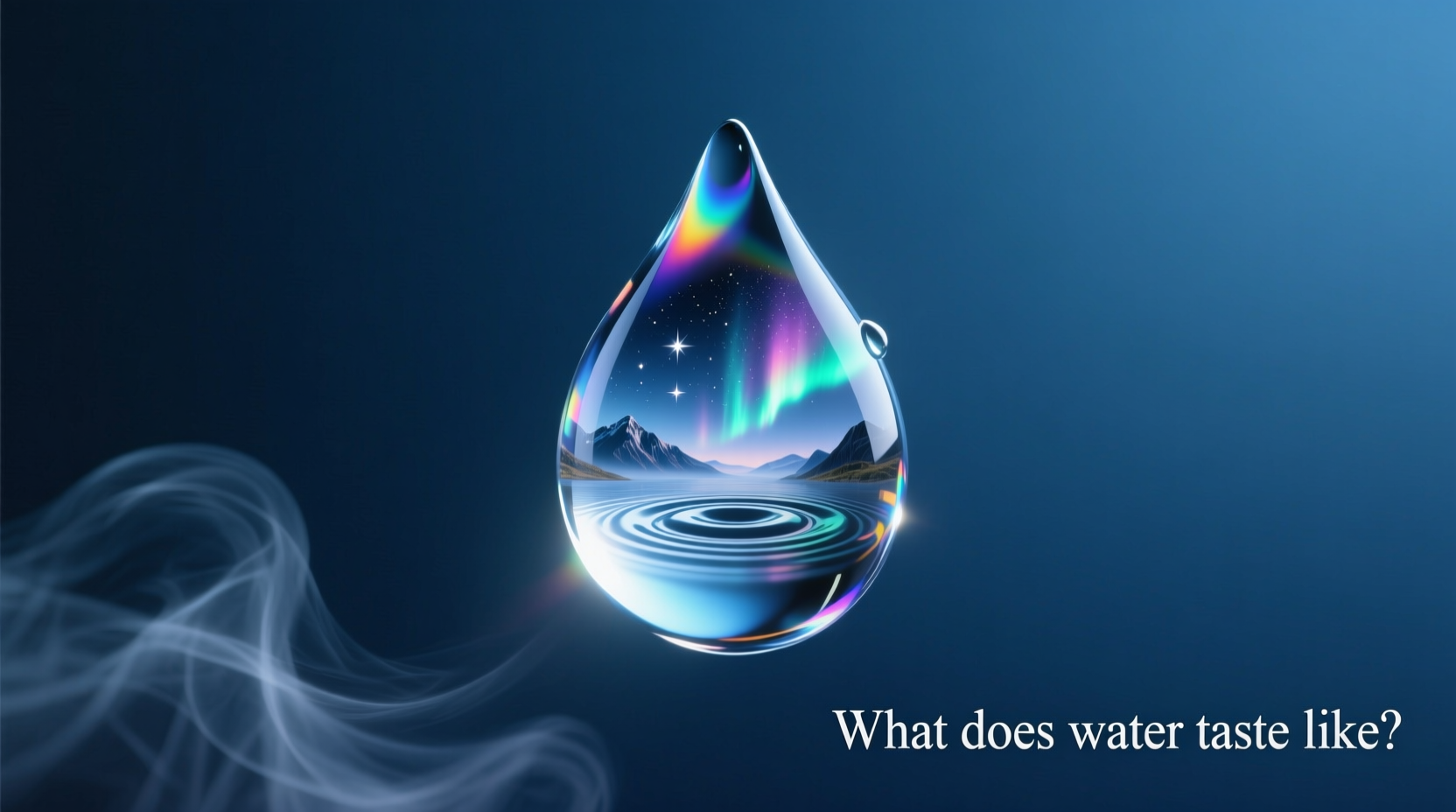Ever wondered why your tap water tastes different from bottled spring water, or why chilled water seems more refreshing? The answer lies in a fascinating intersection of chemistry, physiology, and environmental science that transforms what seems like a simple question into a complex sensory experience.
The Scientific Reality of Water's Taste Profile
According to the National Institute of Dental and Craniofacial Research, pure distilled water lacks the chemical compounds necessary to trigger taste receptors. Our five basic taste sensations—sweet, sour, salty, bitter, and umami—require specific molecular interactions that H₂O molecules alone cannot produce. This explains why laboratory-grade distilled water registers as completely neutral on the palate.

Why Drinking Water Seems to Have Flavor
What we commonly experience as “water taste” actually comes from dissolved substances:
| Common Compound | Source | Perceived Flavor |
|---|---|---|
| Calcium & Magnesium | Mineral springs, hard water | Slightly bitter, chalky |
| Sodium | Water softeners, natural deposits | Salty undertone |
| Chlorine | Municipal treatment | Chemical, bleach-like |
| Carbon Dioxide | Natural springs, carbonation | Subtly acidic, crisp |
The U.S. Geological Survey confirms that natural water sources contain varying mineral concentrations that directly influence flavor profiles. For instance, water from limestone aquifers typically has higher calcium content, creating that characteristic “smooth” mouthfeel many prefer.
Temperature's Surprising Impact on Water Perception
Cold water doesn't just feel refreshing—it actually changes how we perceive taste. Research published in Chemical Senses journal demonstrates that cooler temperatures (4-10°C) temporarily suppress our taste receptors' sensitivity. This explains why:
- Chilled water masks subtle mineral flavors
- Room-temperature water reveals more complex mineral notes
- Warm water often tastes “flat” due to reduced oxygen content
Container Chemistry: How Your Glass Changes Water's Flavor
The vessel holding your water significantly impacts perceived taste through:
- Glass containers: Generally inert, preserving purest flavor profile
- Plastic bottles: May leach compounds creating “plastic” aftertaste (especially when exposed to heat)
- Stainless steel: Can impart metallic notes if low quality
- Copper vessels: Popular in Ayurvedic tradition, adds subtle metallic sweetness
A FDA study on bottled water found that storage conditions and container materials can alter water chemistry within 24 hours, particularly when exposed to light or temperature fluctuations.
Practical Implications for Daily Water Consumption
Understanding water's flavor science helps you make informed choices:
- For cooking: Use room-temperature tap water to enhance natural food flavors
- For tea/coffee: Slightly warm water (not boiling) preserves delicate flavor compounds
- For hydration: Chilled water encourages greater consumption during exercise
- For taste sensitivity: Let tap water sit uncovered for 30 minutes to dissipate chlorine
When Water Taste Signals Quality Issues
While most flavor variations are harmless, certain tastes indicate potential problems:
- Sulfur/rotten egg smell: Hydrogen sulfide contamination (common in well water)
- Metallic taste: Possible pipe corrosion (especially in older homes)
- Soapy flavor: Detergent residue or water treatment issues
- Persistent chemical taste: Requires professional water testing
The Environmental Protection Agency recommends contacting your water provider if unusual tastes persist beyond normal seasonal variations, as this could indicate infrastructure issues needing attention.
Frequently Asked Questions
Why does water taste different after drinking orange juice?
Orange juice temporarily alters your taste receptors' sensitivity. The citric acid suppresses sweet receptors while enhancing bitter perception, making subsequent water taste unusually bitter or metallic—a phenomenon called sensory adaptation.
Does filtered water taste different from tap water?
Yes, most filters remove chlorine and some minerals while retaining others. Activated carbon filters typically reduce chemical tastes but maintain mineral content, creating a cleaner but not completely neutral flavor profile compared to distilled water.
Can water actually taste sweet?
Pure water cannot taste sweet, but certain conditions create this perception. After intense exercise, your body's electrolyte balance changes may make water taste subtly sweet. Some medications also alter taste perception, creating temporary sweetness sensations with neutral liquids.
Why does water from the fridge taste better?
Cold temperatures reduce the volatility of compounds that create off-flavors while increasing water's oxygen content. The chilling process also temporarily numbs taste receptors, making subtle impurities less noticeable and creating that refreshing sensation we associate with cold water.











 浙公网安备
33010002000092号
浙公网安备
33010002000092号 浙B2-20120091-4
浙B2-20120091-4